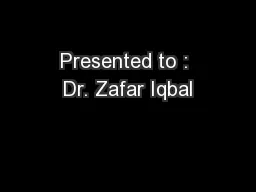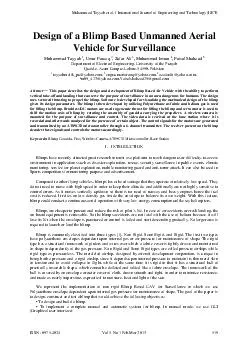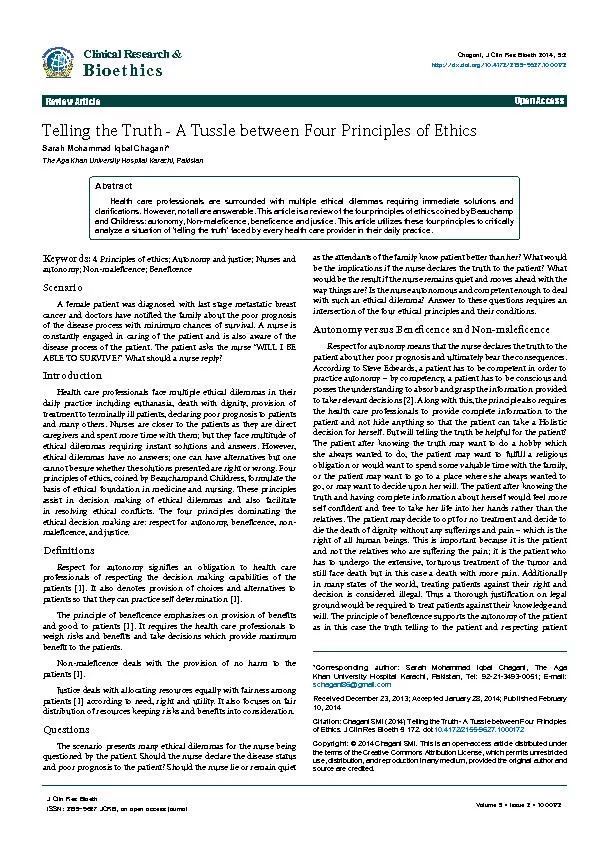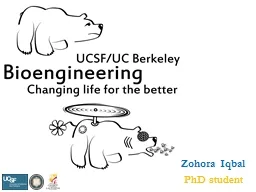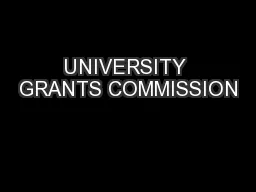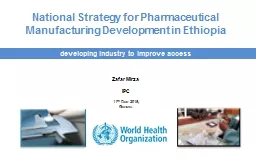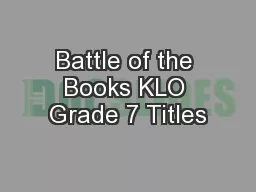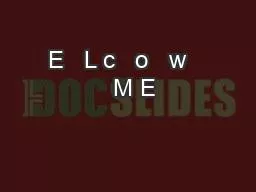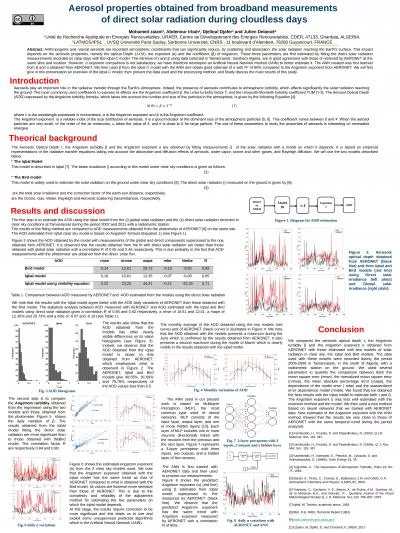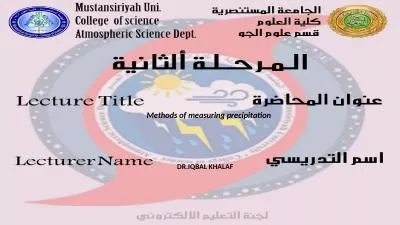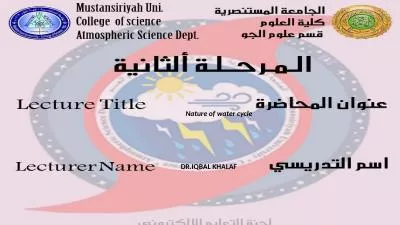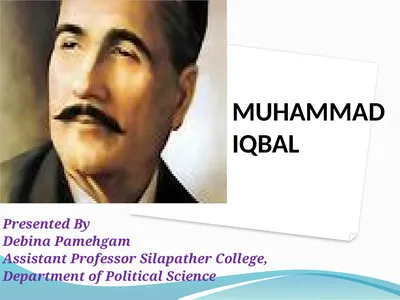PPT-Presented to : Dr. Zafar Iqbal
Author : kittie-lecroy | Published Date : 2016-06-18
By Emanuel Anthony NCBA amp E What is Plagiarism 1 In the 1st century the use of the Latin word plagiarius literally kidnapper to denote someone stealing
Presentation Embed Code
Download Presentation
Download Presentation The PPT/PDF document "Presented to : Dr. Zafar Iqbal" is the property of its rightful owner. Permission is granted to download and print the materials on this website for personal, non-commercial use only, and to display it on your personal computer provided you do not modify the materials and that you retain all copyright notices contained in the materials. By downloading content from our website, you accept the terms of this agreement.
Presented to : Dr. Zafar Iqbal: Transcript
Download Rules Of Document
"Presented to : Dr. Zafar Iqbal"The content belongs to its owner. You may download and print it for personal use, without modification, and keep all copyright notices. By downloading, you agree to these terms.
Related Documents

